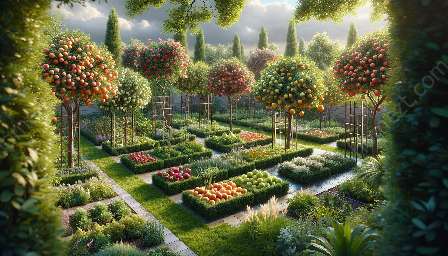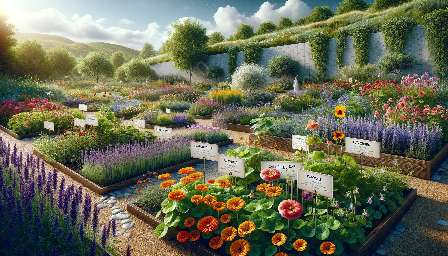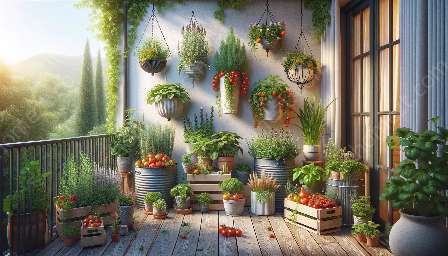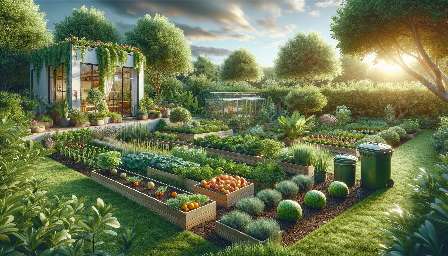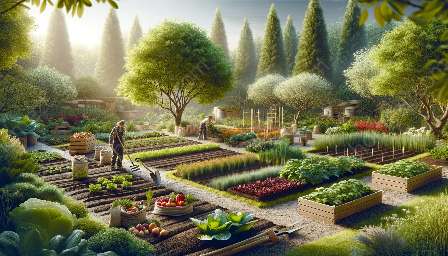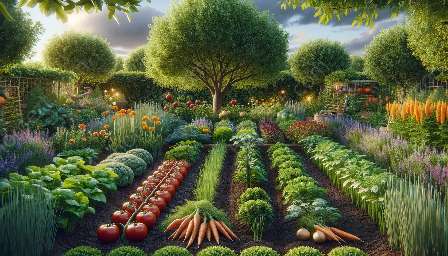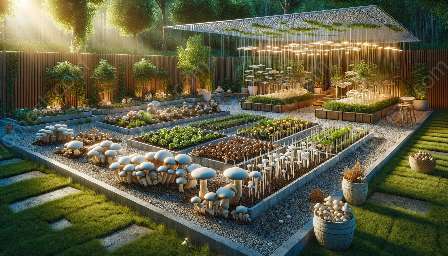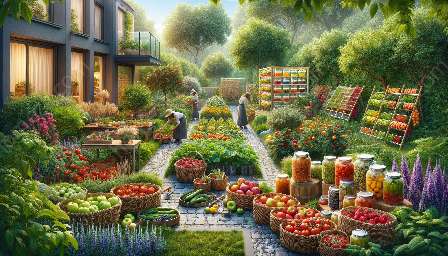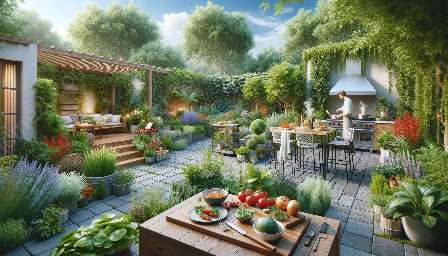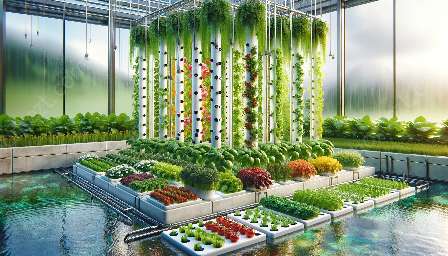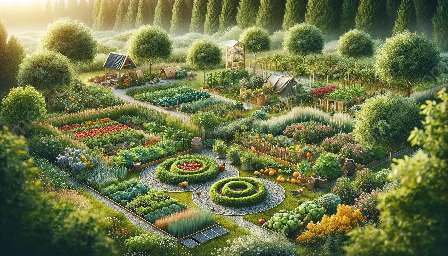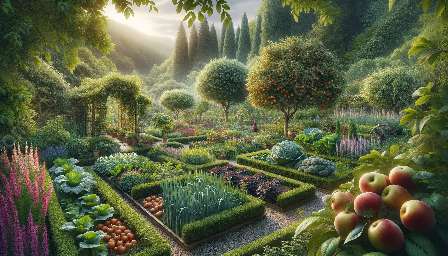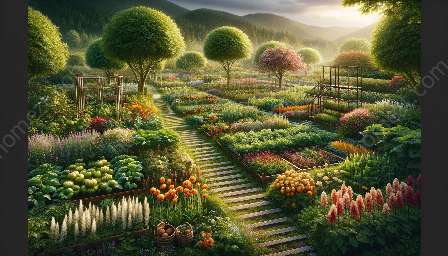Edible flowers have been used for centuries in various cultures for their culinary, medicinal, and ornamental purposes. The practice of consuming edible flowers dates back to ancient civilizations, where these delicate blossoms were prized for their flavors, aromas, and vibrant colors.
Benefits of Edible Flowers
Edible flowers not only add a pop of color and unique flavors to your dishes but also offer a range of health benefits. Many edible flowers contain essential nutrients, antioxidants, and other bioactive compounds that contribute to overall well-being. In addition to their culinary uses, some edible flowers have been traditionally used in herbal medicine for their therapeutic properties.
Types of Edible Flowers
There is a wide range of edible flowers that can be incorporated into cooking, baking, and even beverages. Some popular edible flowers include roses, lavender, violets, nasturtiums, calendula, and pansies. Each type of edible flower has its own distinct flavor profile and can be used in a variety of culinary applications.
Uses of Edible Flowers
Edible flowers can be used in both sweet and savory dishes, adding a delightful visual and gastronomic dimension to your creations. From garnishing salads and desserts to infusing oils and vinegars, the uses of edible flowers are versatile and inspiring. In addition to their culinary applications, edible flowers can be used to create stunning floral arrangements, herbal teas, and natural dyes.
Edible Flowers in the Garden
Integrating edible flowers into your garden can not only enhance its aesthetic appeal but also attract beneficial pollinators. When planning a garden with edible flowers, consider factors such as sunlight, soil type, and water requirements to ensure the optimal growth and blooming of these delicate plants. Whether you have a small balcony or a sprawling garden, there are numerous edible flower varieties that can thrive in different growing conditions.
Growing Your Own Edible Flowers
For those interested in cultivating edible flowers, it's important to select suitable varieties and provide proper care to ensure their flourishing. Whether planting in containers or directly in the ground, understanding the specific needs of each edible flower species is crucial for successful cultivation. With the right knowledge and techniques, you can enjoy a bountiful supply of fresh, organically grown edible flowers right from your own garden.
Harvesting and Storing Edible Flowers
Proper harvesting and storage methods are essential for preserving the quality and flavor of edible flowers. Harvesting at the right time of day and using the correct storage techniques can help prolong the shelf life of these delicate blooms, allowing you to savor their beauty and flavors for an extended period.
Exploring the world of edible flowers opens up endless possibilities for culinary experimentation, creative expression, and sustainable gardening. By integrating these enchanting blossoms into your culinary repertoire and garden, you can elevate the sensory experience of cooking and immerse yourself in the beauty of nature's edible treasures.

